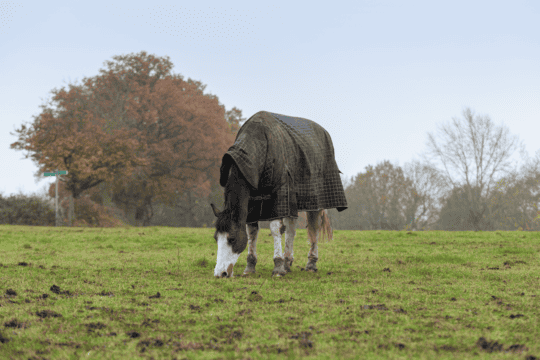Learn all about feeding horses with laminitis with help from HorseHage
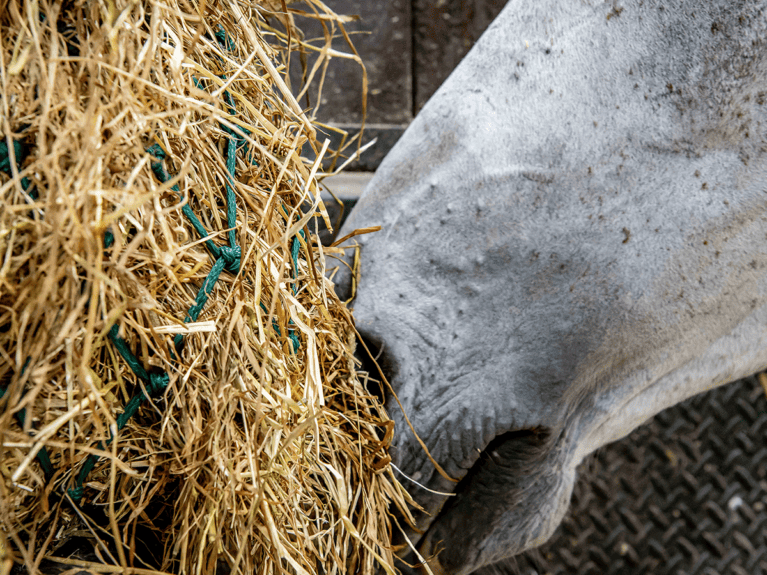
While ponies are usually more susceptible to laminitis, it’s a common – and painful – condition that can affect any type of horse. This is why understanding the steps you can take to help prevent your equine from suffering from this nasty disease is so important.
The laminitis lowdown
Laminitis is an extremely painful condition that causes inflammation of the sensitive laminae within the horse’s foot. This delicate structure supports the pedal bone and once broken down, the pedal bone can sink or rotate, causing a high level of pain and ongoing discomfort.
Research has shown that around 80% of laminitis cases are linked with endocrine issues, most frequently equine metabolic syndrome (EMS) and pituitary pars intermedia dysfunction (PPID or Cushing’s). Insulin dysregulation is a major risk factor in both of these conditions, and combined with excess calories and obesity, they can put many horses at risk of laminitis.
However, laminitis can also be caused by…
- severe inflammatory disease, for example colic or diarrhoea
- mechanical overload
- high levels of starch and sugar (non-structural carbohydrates or NSCs) in the diet
The reoccurrence rates of laminitis are high and severe cases can be life-threatening, which highlights the importance of preventing the condition in the first place.
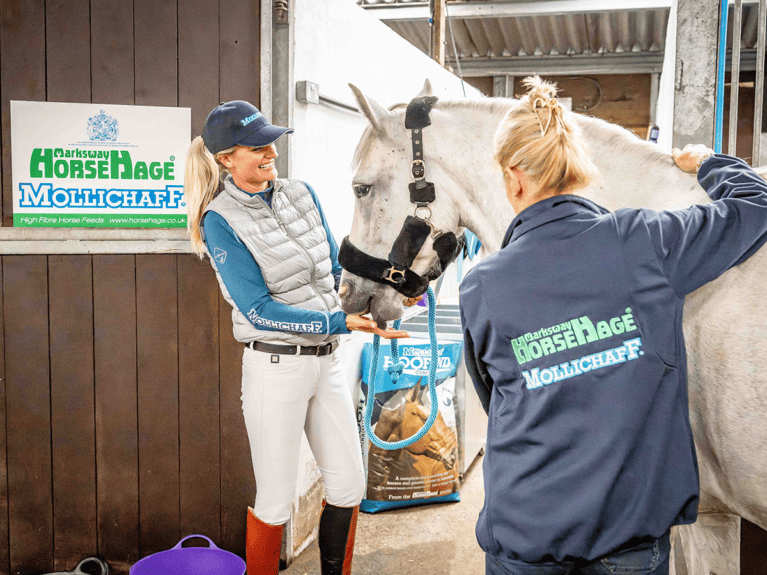
Top tip
If you suspect your horse has laminitis, call your vet immediately. The quicker the condition is diagnosed, the sooner you can implement a treatment plan.
Changes to consider
It’s important to consider each horse as an individual, particularly if they’ve been diagnosed with a medical condition. However, there are several feeding and management changes that can be made to help prevent the onset of laminitis.
Firstly, ensure your horse has a high fibre, low starch and sugar diet, with a balancer or broad-spectrum vitamin and mineral supplement and plenty of good-quality protein to support his coat, muscle and hoof health. Making sure your horse has less than 10% sugar and starch combined is essential if he’s been diagnosed with an endocrine disorder that’s causing laminitis, as it will help reduce the peaks and troughs in blood glucose caused by insulin dysregulation.
Depending on the health and condition of your horse, you might need to reduce or restrict access to grazing as this is when a significant amount of calories can be consumed. You may decide to strip graze, create a track system or use a grazing muzzle to control pasture intake.
If you’re lucky enough to have an all-weather turnout paddock, it’s a good idea to provide your horse with enrichment activities using lower calorie, fibre-based products, including…
- several small buckets with handfuls of feed in
- forage balls
- several haynets tied up at different points around the pen
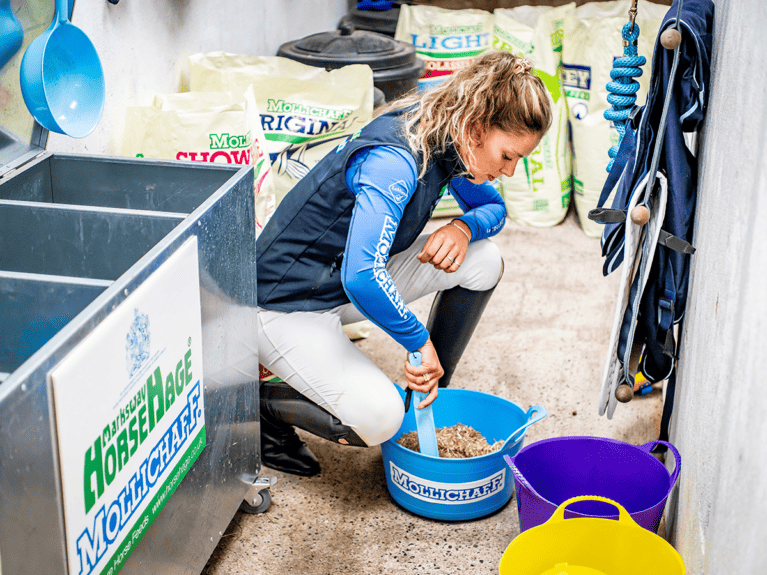
Top tip
Remember, horses have evolved to eat little and often, so try to split the feed and hay ration into as many meals as possible throughout the day.
Top tip
Regularly monitor and record your horse’s weight and body condition. Try to keep him in a good exercise routine, too, to prevent obesity and the subsequent onset of these conditions. If your horse has laminitis, speak to your vet for advice before exercising him.
How can HorseHage help?
Restricted turnout and more time spent in the stable may increase the risk of respiratory issues so it’s important to provide a dust-free forage. Soaking hay can help to reduce the amount of dust as well as its sugar content. However, this is often an impractical and difficult, especially in the winter. Haylage can be a good alternative in this situation.
Did you know that calories don’t always have carbohydrates, but carbohydrates always contain calories? If your horse has EMS, PPID or is prone to laminitis and requires more energy for his workload, his diet needs carbohydrate-free calories. HorseHage High Fibre and HorseHage Timothy are high in calories and low in nonn-structural carbohydrates (NSCs), so are great options in this situation.
Top tip
It’s not a given that haylage is low in NSCs, so it’s important to pick good-quality haylage and have it tested.
Did you know?
HorseHage goes through a unique fermentation process, converting the naturally present sugars to volatile fatty acids (VFAs). The VFAs provide a sugar level that’s consistently lower than good quality hay, with fewer calories and higher levels of fibre.
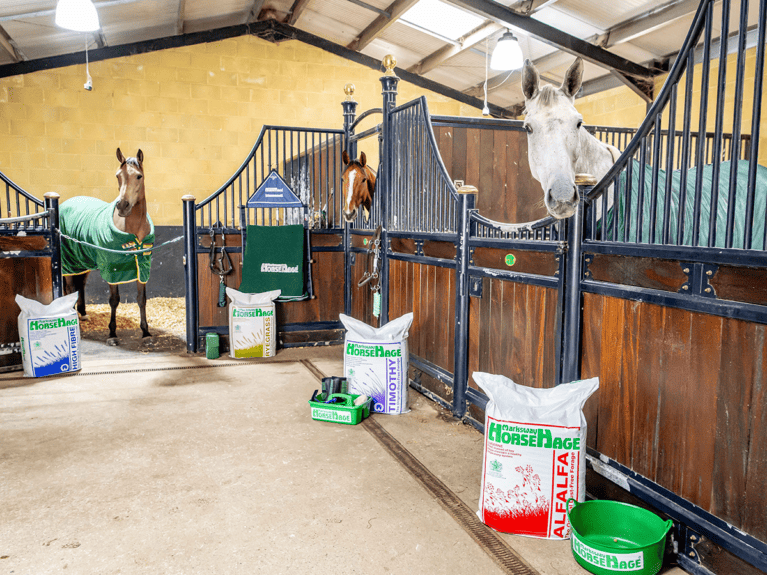
Finding the right feed
There are many feeds available that are suitable for horses prone to laminitis, but picking the correct feed for your horse will depend on several factors, such as energy requirements and body condition.
The high-fibre, low starch and sugar range from HorseHage and Mollichaff all feature the HoofKind logo, which means they’re suitable for horses prone to laminitis.
Mollichaff HoofKind Complete is a palatable combination containing a balanced blend of oat straw, alfalfa, fibre pellets, soya oil, vitamins, minerals, trace elements, antioxidants and biotin. It’s doesn’t contain cereals and is formulated for good doers and those in light work who need a calorie-controlled diet.
Mollichaff Calmer Complete is formulated with high-quality ingredients that aim to help decrease anxiety, making it ideal for excitable or nervous horses. This complete feed is cereal- and alfalfa-free and suitable for horses who maintain weight easily.
Mollichaff Light Molasses Free is low in starch and sugar, so perfect for horses on a calorie-controlled diet. This chaff can be used as part of a bucket feed, a partial forage replacer or to help provide enrichment for horses on restricted grazing.
Mollichaff Alfalfa Oil is a molasses-free option for horses requiring more energy or those who struggle to maintain condition. It’s naturally low in sugar and starch, which means it’s suitable for horses showing signs of gastric discomfort and prone to laminitis. It also has added oil to support a healthy coat and provide slow-release energy.
For more information, contact the HorseHage team on 01803 527274 or visit horsehage.co.uk






